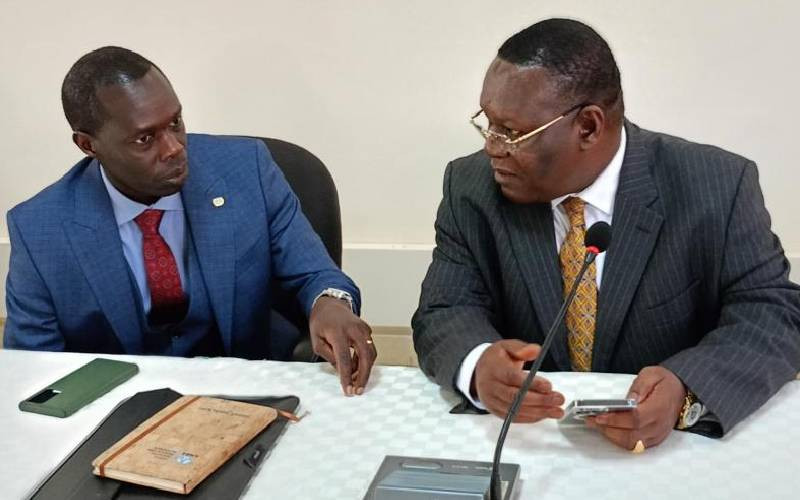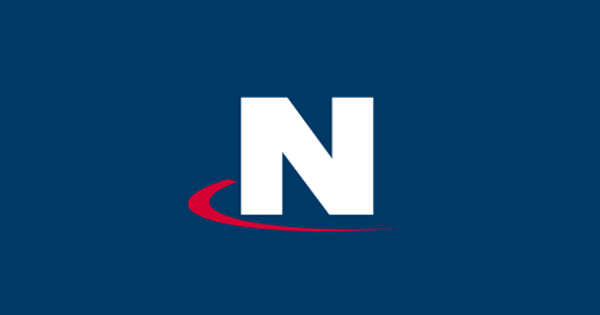Nuclear agency hosts MPs amid facility upgrade plans

The State has outlined fresh plans to improve the management of hazardous wastes in line with international safety protocols and best practices.
Kenya Nuclear Regulatory Authority (KNRA) officials told Parliament on Monday that they are seeking funds to operationalise the Central Radioactive Waste Processing Facility in Oloolua, Kajiado County.
The facility is the interim storage and processing installation for all radioactive waste produced in Kenya. It was built in 2010 and commissioned in 2022 by the government under KNRA’s oversight, with the support of international partners, including the United States government.
KNRA Director General James Keter said on top of seeking funds to complete phase one of the radioactive waste processing facility, the agency is preparing new regulations to not only streamline the disposal of radioactive waste but also ensure nuclear security and radiation protection through tighter controls.
Mr Keter spoke as the Departmental Committee on Health of the National Assembly toured the facility on a fact-finding mission. The House committee members led by chairman James Nyikal said the sensitive nature of radiation nuclear technology required highest standards of regulation.
“We have developed 15 regulations to bolster our regulatory work, and we are working with many partners. We are now taking various bold stapes to ensure public safety. For instance, after the Fukushima incident, we started screening vehicles entering the country at the port,” Mr Keter, who was accompanied by KNRA board member Mary Nyokabi, told MPs.
Committee members called for investigations into reports of high radiation levels in some part of the country and its alleged link to cancer cases, and the challenges arising from the disposal of asbestos in Nyeri and other places. Recently, the Cabinet approved an asbestos removal initiative on grounds of health risks.
“We are here to ensure these facilities operate at optimum and that the Kenyans are safe. This is why the public ought to be fully aware of what this agency exists to do. Much more need to be done to raise awareness around nuclear and the core mandate of the regulator,’ Mr Nyikal said.
Mr Keter told the legislators that radioactive waste is potentially hazardous and must be managed in safe ways that ensure protection of the public and the environment. “The completion and operationalization of Phase One of this facility will mark a significant milestone. Yet, to further bolster its efficacy, we now seek further funding to advance it into Phase Two,” Mr Keter said.
Kenya generates between 3,000 and 4,000 tons of waste per day, with Nairobi alone contributing between 2,000 and 2,500 tons daily, including potentially radioactive materials.
The committee’s visit was is in line with its mandate under House Standing Order No 216(5) (b) to study the programmes and policy objectives of ministries and departments and the effectiveness of the implementation.
Besides KNRA’s regulatory role of protecting lives and the environment from harmful effects of nuclear and radiation, the authority hosts the chemical, biological, radiological and nuclear (CBRN) risk mitigation center at the Oloolua facility. The regulator is keen on collaborations, acquisition of equipment, hiring of more competent staff and investing in aggressive public awareness campaigns.











